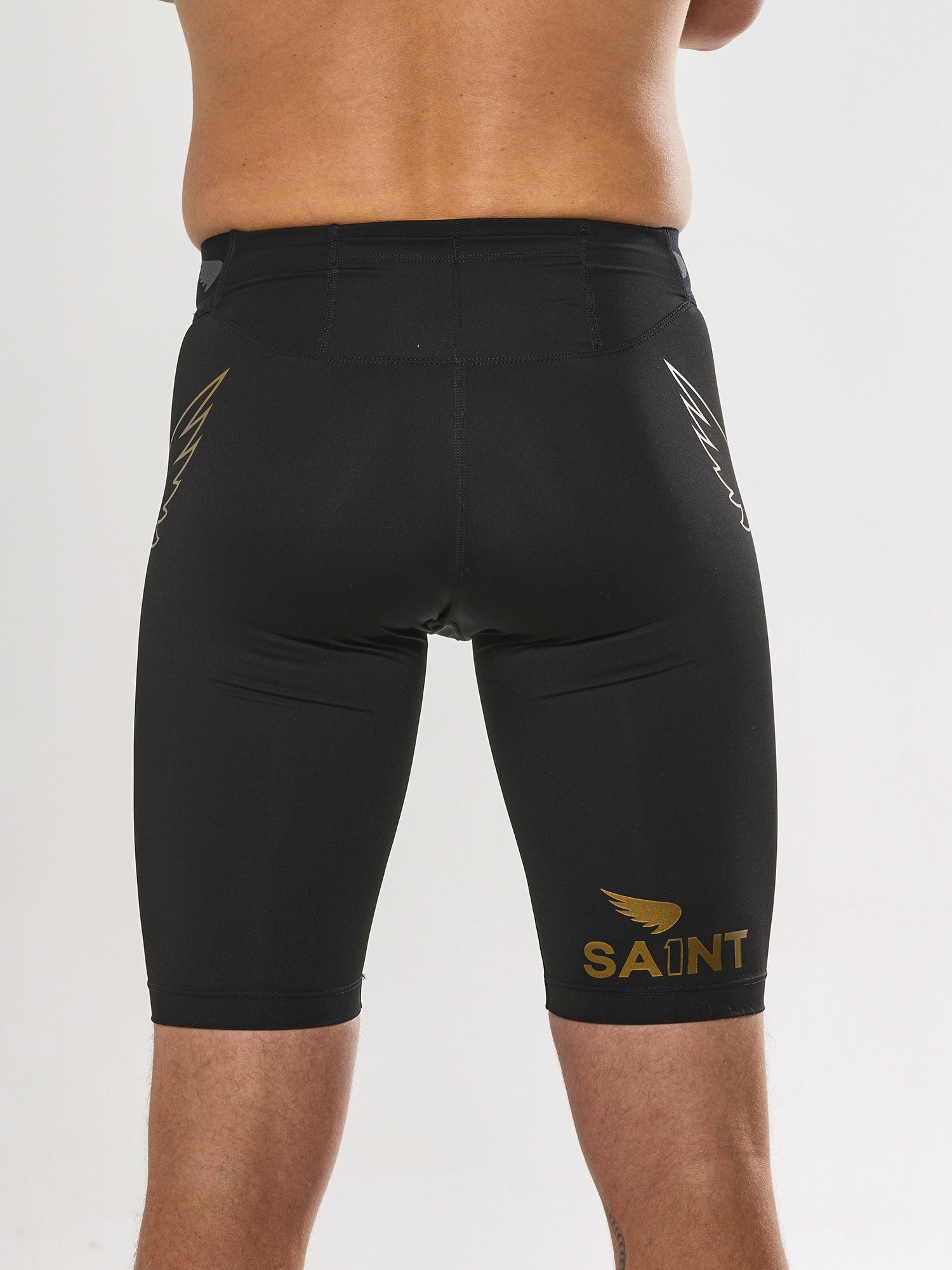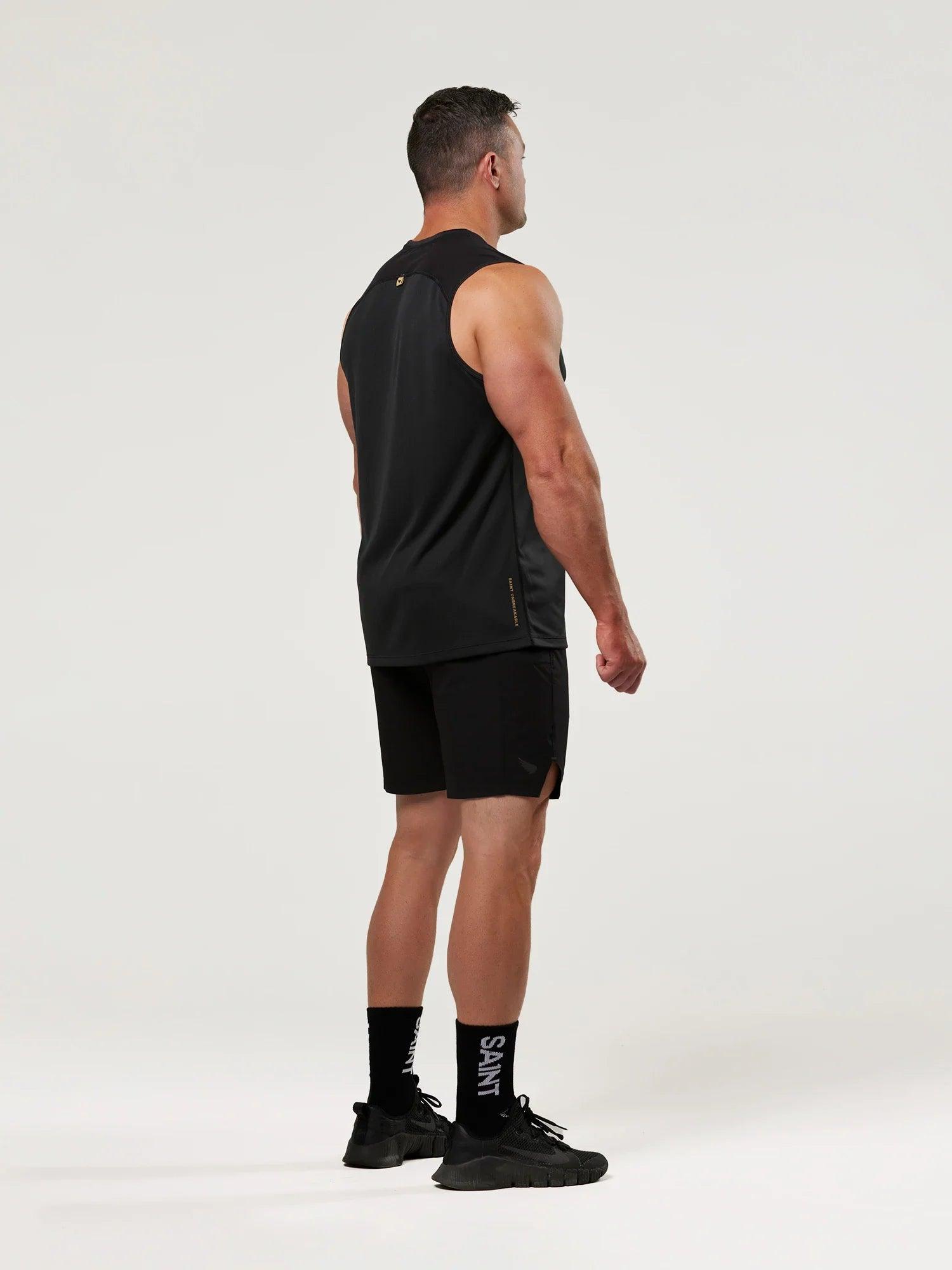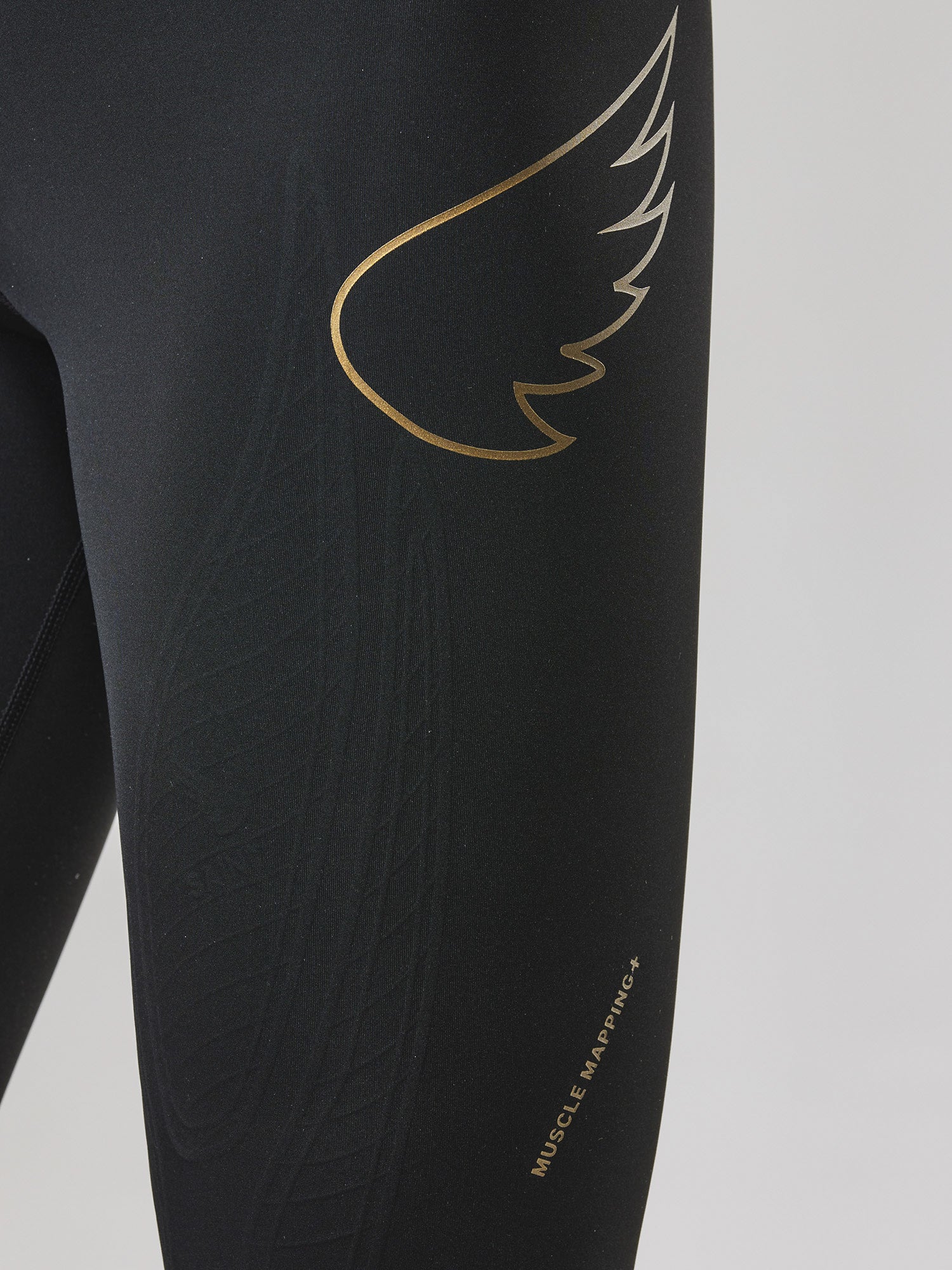"…a good runner will also focus on improving their form to become more efficient and using less energy with each stride, to maximise their gains."
First of all, if you are an experienced runner who successfully avoids injury and is happy with your current form, then I would be first to say you probably don’t need to change anything about your running technique.
However, if you want to run more efficiently and in doing so reduce your risk of injury, and as a result probably run further and faster, using less energy, then I would argue it is very important.
Here are 10 essential points of running form to focus on:
- Raise your cadence: Over 170 steps a minute.
- Stay relaxed, no tension in the body.
- No over-striding, the foot lands behind the knee.
- Reduce your vertical bounce.
- Neutral head position, keep looking forward.
- Your body should be straight, or with a very slight forward lean.
- Drive your legs with a relaxed arm swing.
- Develop a strong core and upper torso rotation.
- Arms relaxed, with about 90 degrees of elbow bend.
- Don't cross the centre of your body with your arm swing.

Let's jump into a few of these in further detail:
First, RELAX….
Tense muscles waste energy, so focus on relaxing:
Start at the head and work down. While you are running, keep manually checking for any tension and try to reduce it.
Is your head straight and neck relaxed?
Are your shoulders hunched?
Are your hands clenched?
Is your breathing controlled through deep belly breathing using the diaphragm?
Are your wrists and hands relaxed?
Are you keeping a nice light running tempo or slapping the ground hard as you run?
If you do not work at relaxing in training, you will be very tense when running on race day. Many runners spend time pushing hard to get better, but also learning to relax and use less energy with each step is equally as important.

Optimum Running Cadence:
Essentially, a higher running cadence is more efficient than a lower one. An ideal cadence can be considered to be around 170-180 steps per minute.
Research suggests that the elastic recoil (free energy) is most effectively harnessed at around 180 steps per minute or above. That's 3 steps per second. Shorter runners should aim for 180, whilst taller runners should aim to hit over 170.
By increasing your cadence, you decrease the amount of impact during each foot strike you make while running. This translates directly to fewer running injuries, especially knee and hip injuries.
For Example:
- Eliud Kipchoge: 185 steps per minute during his Marathon World Record.
- Mo Farah: 190 steps per minute for his London Olympic running 5000m Gold.
If you are slower it does not mean you are wrong, it just means you may not be running as efficiently as you could.

A common problem we encounter when athletes suddenly try to increase their running cadence is: "When I increase cadence my heart rate skyrockets up!"
Here's why:
- If you increase cadence and keep your stride length the same, you will be running faster! It's simple maths.
- If you're running faster you use more energy.
- To supply more energy to the muscles the heart must beat faster.
- When your heart rate goes up you get tired.
And here's the solution: - If you increase cadence you must shorten your stride length to balance the equation.

How do you increase your cadence?
- Work out your cadence: count your steps for 30 seconds and double it.
- Concentrate on decreasing your stride length (i.e. taking more frequent shorter steps)
- Try to chop your stride length in front of you.
- Aim to land under your body, (in reality, you will land just in front)
- Swing your arms faster. NOTE: It is impossible to swing your arms fast and move your legs slowly.

Running form is just one part of a complex system
You must also make your engine bigger, with lots of aerobic training to run faster. You should also look at adding strength and become more powerful.
But a good runner will also focus on improving their form to become more efficient and using less energy with each stride, to maximise their gains.













































